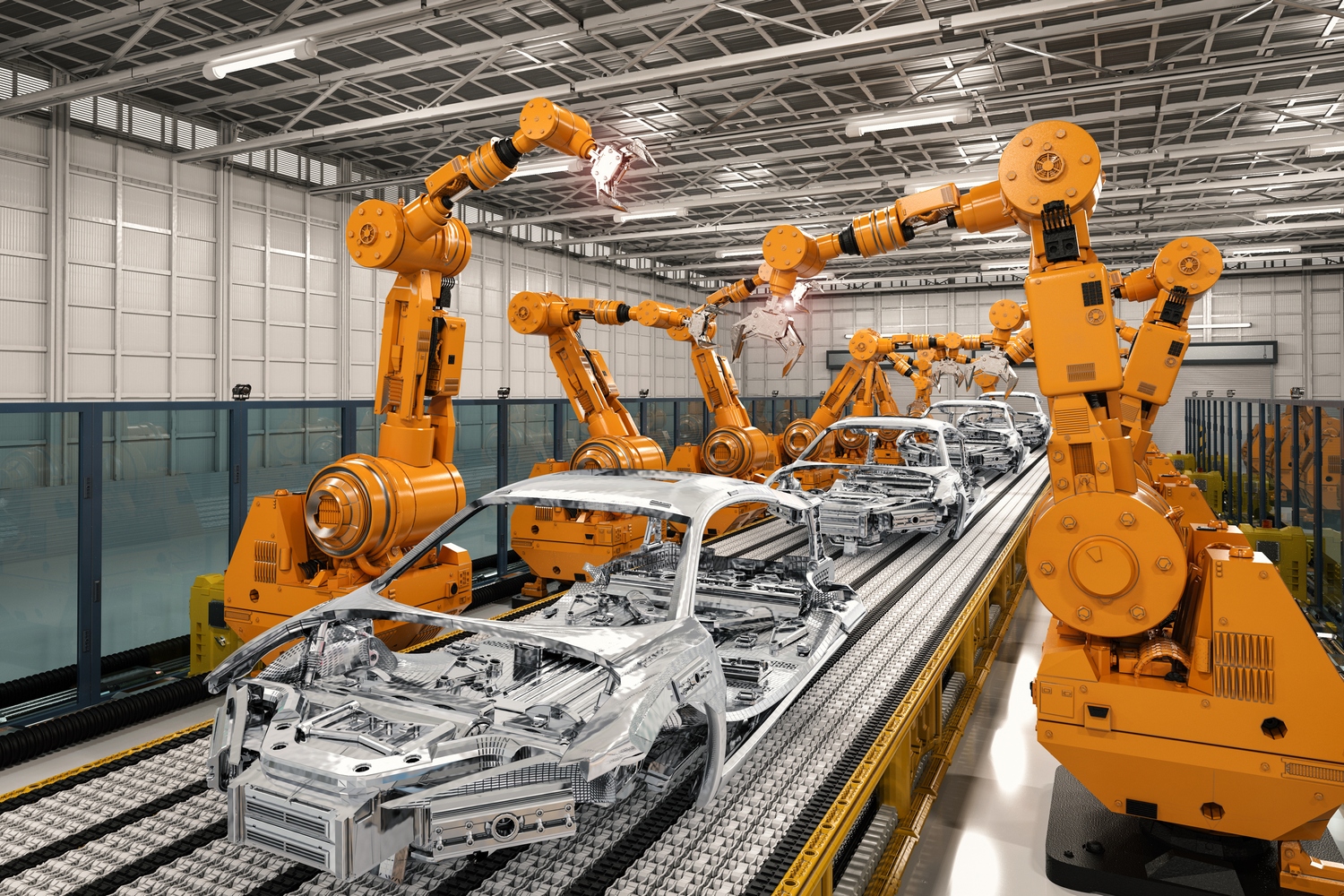Million of workers across the world feel the growing pressure and fear of machines replacing their jobs. Artificial intelligence (AI), machine learning, robots, and the Internet have already transformed the nature of jobs and will continue to rapidly change our labor markets.
The debate on the effects that the development of robotics and automation will have on the future of jobs has been lively. However, despite the growing interest on the labor market effects of automation, we know very little about how these structural economic changes are reshaping life-course choices.
Over the last three decades, the stock of these operational industrial robots in the US increased by more than five times. In 2016, robot sales increased by 16% reaching a new peak for the fourth year in a row. This surge is driven by the increase in electrical/electronics industry. Yet, the automotive industry still accounts for the highest share of industrial robots. Between 2011 and 2016, the average robot sales increase was at 12% per year. This continued growth was pushed by the trend to automate production as a way to strengthen American industries and keep manufacturing in the US. Just since 2005, and despite the slow-down caused by the great recession, the number of robots per thousand worker grew from 1.3 to 2.4.
Isolating the effects of automation
A new IZA discussion paper by Massimo Anelli, Osea Giuntella, and Luca Stella examines how the exposure to robots and its consequences on job stability and economic uncertainty have affected individual demographic behavior. The researchers focus on the US labor market and base their analysis on the American Community Survey (ACS) data covering years from 2005 to 2016 and use data from the International Federation of Robotics (IFR). These data track the change by economic sector in the operational stock of “industrial robots,” fully autonomous, multipurpose machines that are automatically controlled, do not need a human operator and can be re-programmed to perform several tasks. These robots can easily replace human operators in most industrial production activities that require “reaching and handling” actions.
The authors construct a measure of robots penetration in US labor markets by exploiting the variation in the distribution of industrial employment across commuting zones (i.e. geographical units corresponding to regional labor markets characterized by intense daily commuting of workers) combined with changes in the adoption of robots across industries over time. To mitigate the concern that the adoption of robots could be correlated with other demographic trends within an industry or a commuting zone, the authors use the industry-level spread of robots in advanced economies other than the US as an instrument for the adoption of robots in the US. In this way, they only exploit the variation resulting from industries that exhibited an increase in the use of robots in other advanced economies. This variation should capture the exogenous trends in automatability of certain sectors driven by advancements of the technological frontier, which are plausibly independent of US demographic trends.
Marriage market and fertility
Using this empirical strategy, the researchers first show that robot exposure had differential effects on the labor market opportunities of men and women. They find that a one standard deviation increase in robot exposure reduced the gender wage gap by 4% and the gender gap in labor force participation by 2%. They then turn to investigate the effects of this labor market shocks on the marriage market and fertility.
The study shows that commuting zones that were more exposed to robot penetration experienced a reduction in marriage rate and an increase in divorce and cohabitation. A one standard deviation increase in robot exposure was associated with a 4% reduction in the marriages, a 5% increase in divorces, and a 13% increase in cohabitations.
While the authors find a null effect of robots on overall fertility, this result masks substantial heterogeneous effects on fertility. Indeed, commuting zones that were more exposed to robots penetration exhibit a 15% reduction in marital fertility and a 20% increase in the rate of children born out-of-wedlock.
Greater labor market uncertainty
Overall, the findings suggest that a decrease in the relative marriage-market value of men and the greater labor market uncertainty may be a relevant transmission mechanisms of the impact of robot penetration on marriage and marital fertility rates.
The authors argue that robots have overall increased the growing uncertainty associated with the labor market conditions for most workers and has substantially lowered the economic value of men on the marriage market. This in turn has contributed to reduce willingness to long-term commitments, such as marrying. At the same time, the lower value of men has increased the value of out-of-wedlock fertility options for women and the probability that children grow up in cohabitating households.
Given the concerns that cohabitation may reduce children’s well-being, developing more encompassing family policies that cover more homogenously married and cohabitating couples could be a natural response to the effects of robotics on life-course choices, according to the authors.
